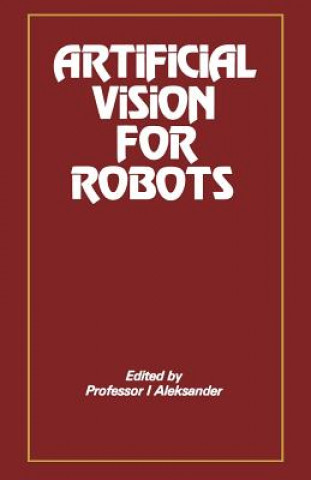
Kód: 05181854
Artificial Vision for Robots
Autor I. Aleksander
I. ALEKSANDER Department of Electrical Engineering and Electronics BruneI University, England The three key words that appear in the title of this book need some clarification. First, how far does the word robot reach in the conte ... celý popis
- Jazyk:
 Angličtina
Angličtina - Vazba: Brožovaná
- Počet stran: 233
Nakladatelství: Springer-Verlag New York Inc., 2012
- Více informací o knize

1681 Kč

Skladem u dodavatele v malém množství
Odesíláme za 12-15 dnů
Potřebujete více kusů?Máte-li zájem o více kusů, prověřte, prosím, nejprve dostupnost titulu na naši zákaznické podpoře.
Přidat mezi přání
Mohlo by se vám také líbit
Darujte tuto knihu ještě dnes
- Objednejte knihu a zvolte Zaslat jako dárek.
- Obratem obdržíte darovací poukaz na knihu, který můžete ihned předat obdarovanému.
- Knihu zašleme na adresu obdarovaného, o nic se nestaráte.
Více informací o knize Artificial Vision for Robots
Nákupem získáte 168 bodů
 Anotace knihy
Anotace knihy
I. ALEKSANDER Department of Electrical Engineering and Electronics BruneI University, England The three key words that appear in the title of this book need some clarification. First, how far does the word robot reach in the context of indus trial automation? There is an argument maintaining that this range is not fixed, but increases with advancing technology. The most limited definition of the robot is also the earliest. The history is worth following because it provides a convincing backdrop to the central point of this book: vision is likely to epitomize the technolo gical advance, having the greatest effect in enlarging the definition and range of activity of robots. In the mid 1950s it was foreseen that a purely mechanical arm-like device could be used to move objects between two fixed locations. This was seen to be cost-effective only if the task was to remain fixed for some time. The need to change tasks and therefore the level of programmability of the robot was a key issue in the broadening of robot activities. Robots installed in industry in the early 1960s derived their programmability from a device called apinboard. Ver tical wires were energized sequentially in time, while horizontal wires, when energized, would trigger off elementary actions in the manipulator arm. The task of reprogramming was a huge one, as pins had to be reinserted in the board, connecting steps in time with robot actions.
 Parametry knihy
Parametry knihy
Zařazení knihy Knihy v angličtině Technology, engineering, agriculture Electronics & communications engineering Electronics engineering
1681 Kč
- Plný název: Artificial Vision for Robots
- Autor: I. Aleksander
- Jazyk:
 Angličtina
Angličtina - Vazba: Brožovaná
- Počet stran: 233
- EAN: 9781468468571
- ISBN: 146846857X
- ID: 05181854
- Nakladatelství: Springer-Verlag New York Inc.
- Hmotnost: 305 g
- Rozměry: 216 × 140 × 13 mm
- Datum vydání: 23. March 2012
Oblíbené z jiného soudku
-

The Art of Electronics
2543 Kč -

Practical Electronics for Inventors
970 Kč -
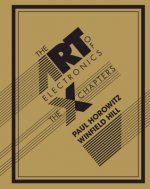
The Art of Electronics: The x Chapters
1740 Kč -

How to Diagnose and Fix Everything Electronic, Second Edition
600 Kč -
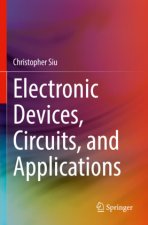
Electronic Devices, Circuits, and Applications
1732 Kč -
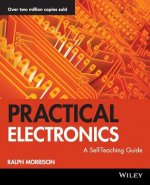
Practical Electronics - A Self-Teaching Guide
567 Kč -
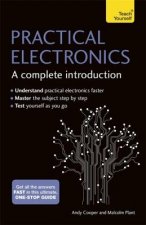
Practical Electronics: A Complete Introduction
437 Kč -

Lego Power Functions Idea Book, Volume 1
614 Kč -

Design of Analog CMOS Integrated Circuits
1897 Kč -

Automotive Oscilloscopes
1355 Kč -

Signals & Systems For Dummies
492 Kč -

LOGO! 8 - A Practical Introduction, with Circuit Solutions and Example Programs
756 Kč -

LEGO MINDSTORMS EV3 Idea Book
589 Kč -

Encyclopedia of Electronic Components Volume 2
594 Kč -

Probabilistic Robotics
2920 Kč -

Motors for Makers
779 Kč -

Schaum's Outline of Electronic Devices and Circuits, Second Edition
598 Kč -

High-Frequency Magnetic Components 2e
4751 Kč -

Theory of Robot Control
4204 Kč -

Art of Hardware Architecture
3313 Kč -
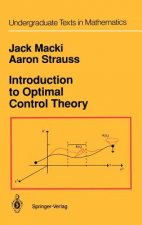
Introduction to Optimal Control Theory
2422 Kč -

FPGA Design
3089 Kč -
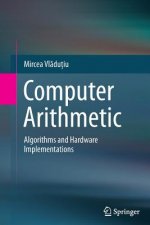
Computer Arithmetic
2866 Kč -

Schaum's Outline of Digital Principles
849 Kč -

Designing with Xilinx (R) FPGAs
3682 Kč -

The LEGO Power Functions Idea Book, Vol. 2
545 Kč -

Complete Electronics Self-Teaching Guide with Projects
702 Kč -

Audiophile Vacuum Tube Amplifiers - Design, Construction, Testing, Repairing & Upgrading, Volume 1
1741 Kč -

Audiophile Vacuum Tube Amplifiers - Design, Construction, Testing, Repairing & Upgrading, Volume 2
1726 Kč -

Audiophile Vacuum Tube Amplifiers Volume 3
1726 Kč -

Lego Technic Idea Book: Simple Machines
450 Kč -

Arduino Cookbook
1046 Kč -

How to Diagnose and Repair Automotive Electrical Systems
574 Kč -

Electronics For Dummies, UK Edition
543 Kč -

High Speed Digital Design
2465 Kč -

Automobile Electrical and Electronic Systems
1578 Kč -

Scary Smart
610 Kč -

3,000 Solved Problems in Electrical Circuits
990 Kč -
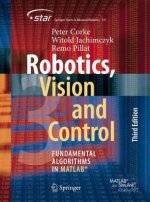
Robotics, Vision and Control
1772 Kč -

Lego Technic Idea Book: Fantastic Contraptions
446 Kč -

Lego Technic Idea Book: Wheeled Wonders
451 Kč -

Cybernetics
378 Kč -
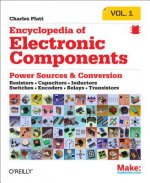
Encyclopedia of Electronic Components
499 Kč -

PLC Controls with Structured Text (ST)
751 Kč -
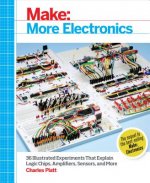
Make: More Electronics
689 Kč -

Fundamentals of Power Electronics
2572 Kč -

Arduino Projects For Dummies
570 Kč -

C Programming on Raspberry Pi
871 Kč -

Manga Guide To Microprocessors
581 Kč
Osobní odběr Praha, Brno a 12903 dalších
Copyright ©2008-24 nejlevnejsi-knihy.cz Všechna práva vyhrazenaSoukromíCookies



 Vrácení do měsíce
Vrácení do měsíce 571 999 099 (8-15.30h)
571 999 099 (8-15.30h)